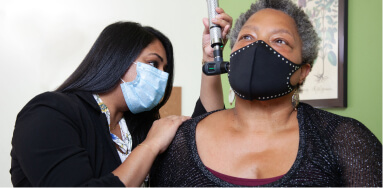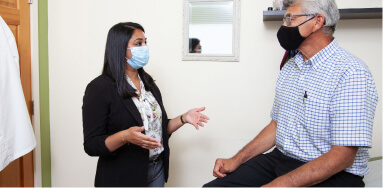Whole Body Healthcare Starts Here
See a Naturopathic doctor who treats the root cause of illness at any of our 3 greater Seattle locations.

Is Naturopathic Medicine right for you?
We use 6 principles to help guide you on your healing journey.
Treat the underlying cause of illness.
Nature heals.
Least invasive treatment needed.
Prevent disease first.
Heal the mind, body, and spirit.
Explain, educate, and empower.

Our Approach
Personalized care.
Spend more time with your doctor one-on-one to create a personalized treatment plan that will work best for you.
Advanced lab testing.
We use standard lab testing in combination with more extensive and comprehensive testing to better understand your health.
Holistic experts.
Our doctors are experts in both conventional and alternative treatment approaches so that you can have the best of both worlds.
Our patients see us for:
1.
Primary care.
Schedule a visit to evaluate your existing health and receive whole body, personalized healthcare.
2.
Chronic disease management.
Start your journey diving deeper to uncover and treat the root cause of your illness, instead of just the symptoms.
3.
Acute care.
Our providers offer same day and next day appointments because you can’t plan when you’re sick or hurt.
Services we offer:

Naturopathic Medicine

Preventative Visits

GI Health

Skin Conditions and Acne

Heart Health

Pre-diabetes and Diabetes

Pediatrics

Gender Affirming Care

Allergies

Hormonal Concerns

Pain Management

Mental Health Concerns
Testimonials
“I love all the docs here. They are superior to what you get at a regular western medicine clinic. They treat you like a real person and LISTEN to you!”
“The very best in alternative medical care.
It’s so hard to find doctors who care more about treating YOU, as you are, rather than how some textbook says you ought to be; physicians more focused on treating your actual condition correctly, rather than just being “right” about what’s wrong with you…whether they are or not.”
“Best place for integrative medicine! They have several great Naturopaths, a skincare specialist, and an on-site natural supplement pharmacy.”
Providing a safe space:
We know that many people have had experiences that make them feel uncomfortable or unsafe in a medical environment. It is our goal to provide a space that is safe, trauma informed, and inclusive. If there is anything we can do to help make your experience more comfortable please let us know by whatever means you feel comfortable with.
Receive health tips, insightful articles, and our latest updates by joining the list.
